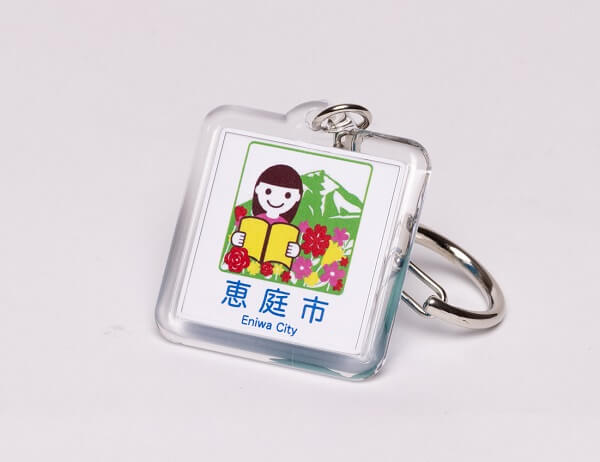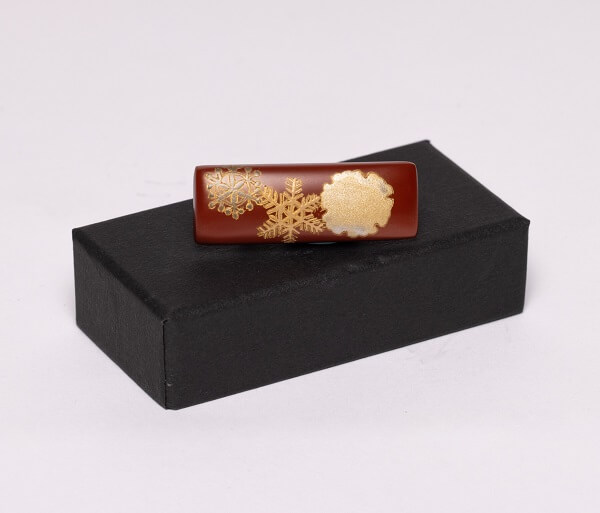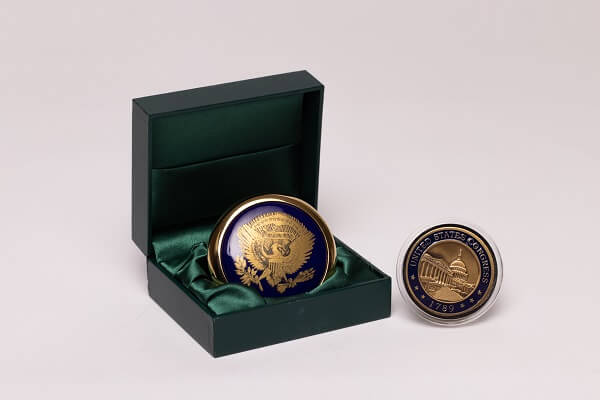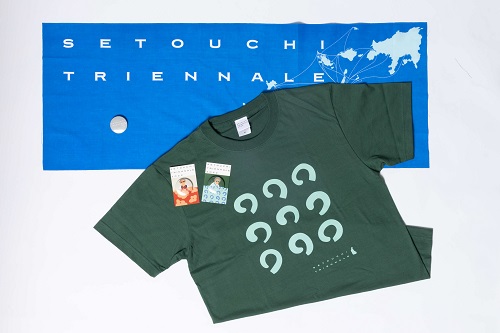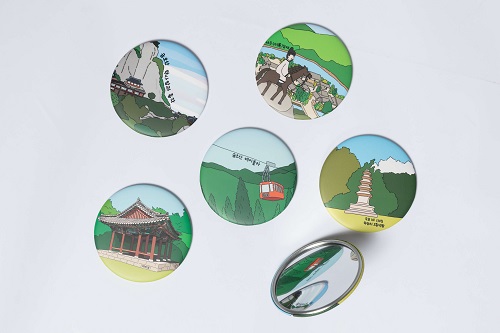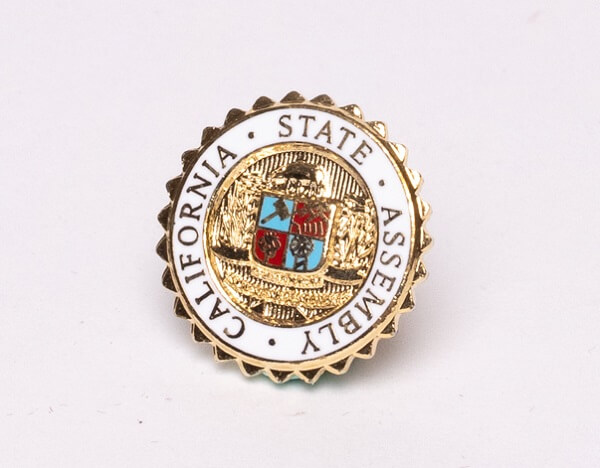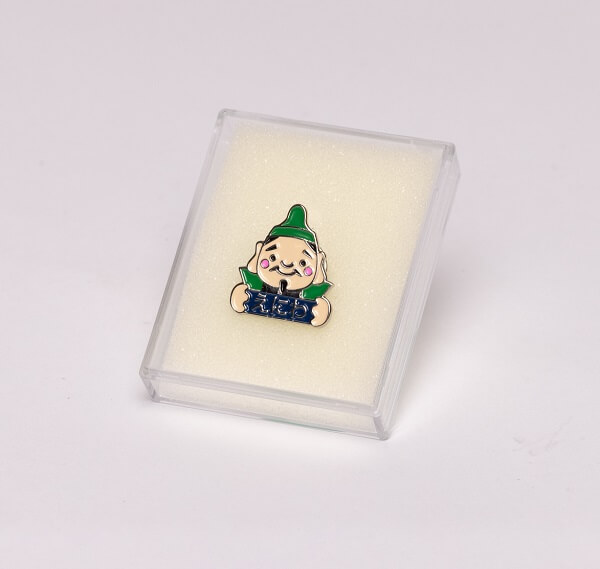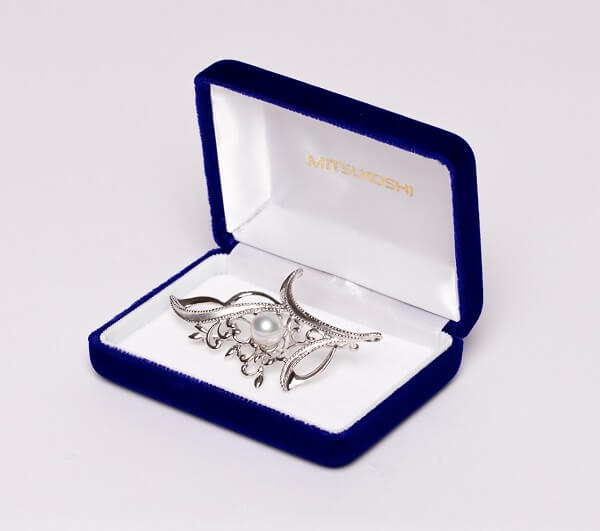
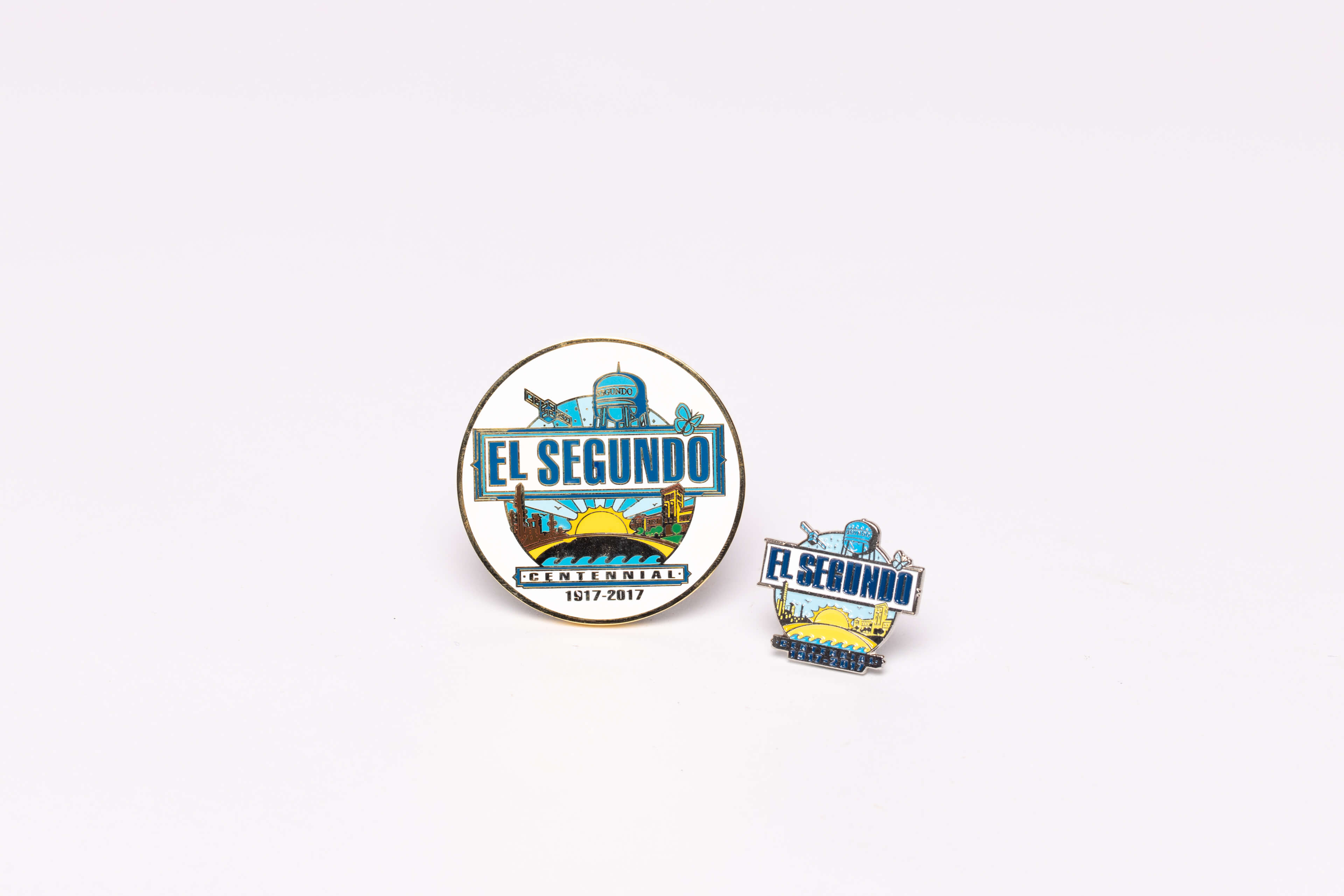
Getting to the Point: The Allure of Brooches
Though tiny, each brooch is a little window into the dedication, connection, and deep impression of its city.
Curator / Brenda Chang
Updated at 2024-03-31

California's Pioneering History — California State Assembly Brooch
California was once the stage for the Bear Flag Revolt, defying Mexican rule and establishing the independent sovereign California Republic. Although the republic lasted less than a month before joining the United States, the bear flag of the revolution endures to this day, becoming the state flag, emblem, and even the backdrop of the Congressional lapel pins in the photo. However, the once abundant wild grizzly bears during the revolution have long vanished, replaced by palm trees, presented in the red box to the bottom left. Palm trees, although not native to California, were extensively planted by European colonizers to create an exotic atmosphere. The red box in the upper right depicts the Sierra Nevada mountain range, another prominent landmark in California. The Sierra Nevada is arguably one of the most well-known mountain ranges. It hugs the eastern border of California while spanning almost the entire length. The gavel and pillar are encapsulated in light blue boxes, symbolizing justice and legislation.
Gifted by Ben Allen, Senator, California
<Read More "California State Assembly Brooch">

Los Angeles's Pioneering History — El Segundo Brooch
In the early 20th century, vast oil reserves were discovered in Los Angeles, catapulting the area into a major oil town in the United States. Ranches close to Los Angeles quickly turn into refineries as well, and the region that housed the second refinery built near Los Angeles was appropriately named El Segundo, Spanish for "the second." El Segundo's economy skyrocketed with its booming oil industry. The importance of oil is emphasized with the depiction of a refinery in the bottom left corner of the brooch. The top left corner features a satellite because El Segundo is the preferred launch location for the aerospace industry for its iconic blue skies. Over half of the satellites and space equipment in the United States are produced in El Segundo, and Boeing employs more than 90% of the satellite developers in the city. However, for tourists, appreciating El Segundo's most famous landmark – the Water Tower (top center) – may be more worthwhile than gazing at satellites. The tower stands atop the peak of Hilltop Park, overlooking the entire Los Angeles basin.
Gifted by Suzanne Fuentes, Mayor, City of El Segundo
<Read More "El Segundo Brooch">
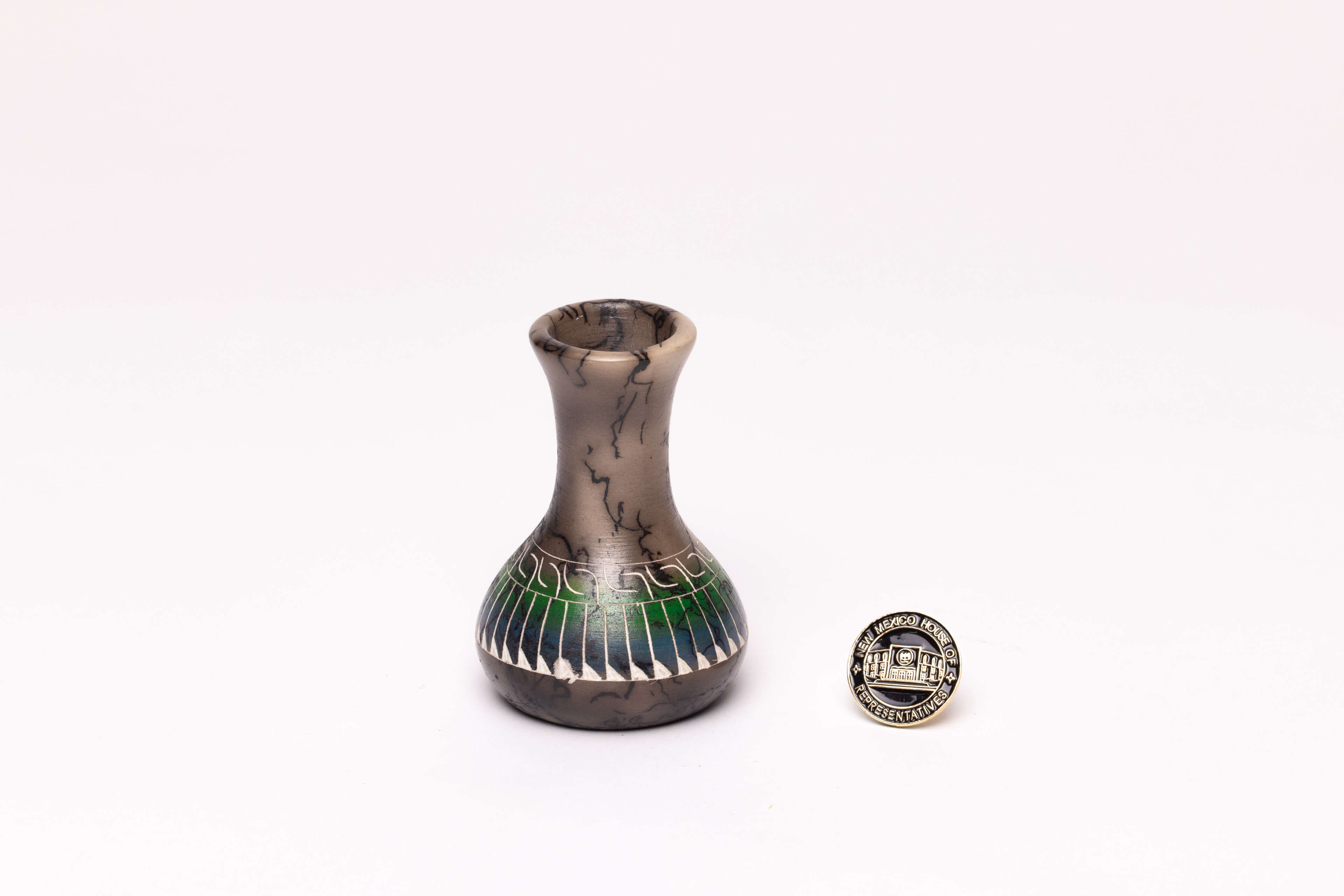
New Mexico's Pioneering History — New Mexico Representative Brooch
It is widely known that the national emblem of the United States is the bald eagle, symbolizing independence and bravery. However, did you know that the national emblem of Mexico is the Mexican eagle? It represents an Aztec legend that the early settlers founded their new home on the site where an eagle devouring a rattlesnake was perched on a cactus. As for the central motif in the brooch, located in the lower right corner of the photograph, it depicts the emblem of the New Mexico House of Representatives. The motif combines elements from both national emblems. On it, the American bald eagle guards the Mexican eagle, symbolizing the defense of the cultural heritage left from the Mexican period even after New Mexico joined the United States following the Mexican-American War.
Gifted by Andrés Romero, Senator, New Mexico
<Read More "New Mexico Representative Brooch">

Spring Blooms in Northern Japan Too — Hokkaido Eniwa City Pin
In the snow-white landscapes of Hokkaido, there is a charming city called Eniwa, surrounded by lush green mountains and sparkling waters. It's, therefore, natural that the city's mascot fits its green aesthetic. However, can you guess what plant the mascot in the picture represents? The answer is the Kabocha pumpkin. Specifically, the mascot is an elf wearing a tender green pumpkin-like outfit. Now you might wonder why the mascot, Ebisu-kun, isn't holding Eniwa's specialty pumpkin pineapple buns or pumpkin ice cream. Well, Ebisu-kun usually holds a pumpkin. In this brooch, however, he is wearing a lapel pin with the words "Eniwa" on it, welcoming you to visit this enchanting "Land of Flowers."
Gifted by Yutaka Harada, Mayor, Eniwa City
<Read More "Hokkaido Eniwa City Pin">

"Treasures" of the Southern Seas of Japan — Pearl Brooch
Many say that tears are pearls. For mollusks, however, pearls are literally their tears. They are the crystallization of hardship. Clear, transparent, and perfectly round, they are the product of years of toil. The pearl in the photograph is especially remarkable, as it represents a lifetime of effort. Ocean mollusks have shorter lifespans yet require an exceptionally long time to develop a single pearl, unlike freshwater mollusks that can produce dozens at a time. Even more challenging is that only the clear and cold waters of the Seto Inland Sea can polish these pearls to achieve the most dazzling luster among all pearl varieties worldwide. So, don't underestimate the single pearl on the brooch—it represents the tempering and hardship of time.
Gifted by Moriyasu Kamada, Chairman, Tourism Council of Representatives, Kagawa Prefectural Assembly
<Read More "Pearl Brooch">
Related Collection

